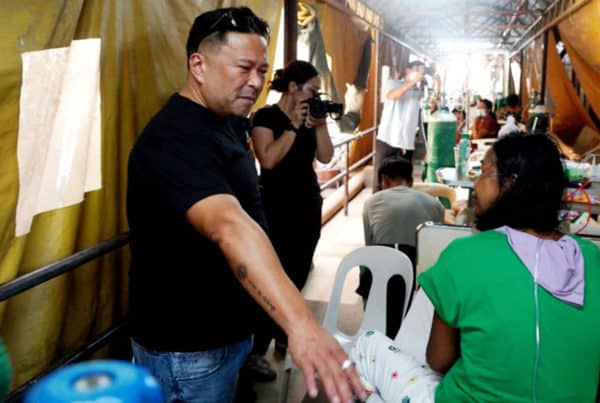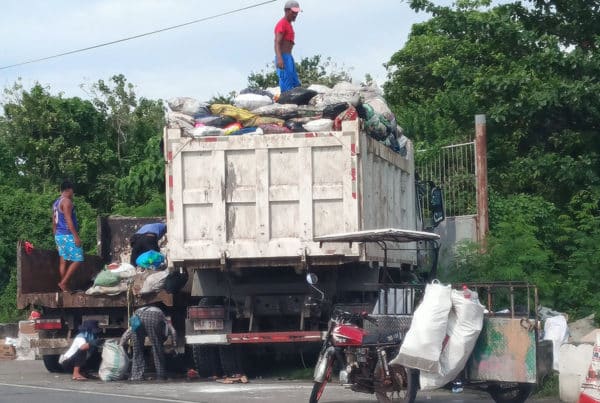The North Vista
Dagupan Kaleskes

A travel journal that will give you a pleasant view of people, places, food, culture, history and events from a refreshing perspective
By @SiRVis
IT’S getting colder and colder this December. Bring out the sweater that’s been in the cabinet for months. It’s your chance to wear thicker clothes and the dandy socks that you bought the other day at the Tinday Labi (Dagupan’s night market). It is Christmas season and Fiesta time in Dagupan and a lot of people look forward to a warm meal after a night out from the Fiesta carnival or the Paseo de Belen. Or some can’t just get enough of one of Dagupan’s favorite comfort food: Kaleskes.
Dagupan Kaleskes is a made out of cow or carabao meat and its internal organs in a hot, delicious, orange colored broth. The dish got its name from Kaleskes which is a Pangasinan word for intestines. It is the annatto or achuete that gives the soup its distinct orange color and slightly nutty, earthy and delicately sweet flavor. But most of the yummy flavor comes from the beef and innards (some prefer to use carabeef as it is said to be more flavorful and cheaper than beef). The meat is slow cooked in a big aluminum basin or casserole usually with charcoal in a brazier or kalan de uling/ ulingan (clay stove). This adds a different scent and flavor to the food. The coup de grace for a delectable Dagupan Kaleskes are the free sebo tan dala (fat and blood)! By the way, the broth is unlimited so you can ask for endless refill.

Kaleskes, a Pangasinan dish is similar to the Ilocaco’s Sinanglao and Pinapaitan. It however does not have the sour taste of sinanglao and the bitter and biliary of the pinapaitan. The Dagupan Kaleskes is deeply ingrained in city’s history having been here since 1954. The first kaleskes stalls were once located near the Old Chinese Cemetery until the vendors transferred to the Old Perez Public Market where they are now located and the place is now more popularly known as the “Kaleskesan.” The original kaleskes vendors are from Calasiao, a nearby town. According to the third generation “original kaleskes” cooks Mercy Callanta and Roan Domalanta, one of the originators was their grandmother Victoria Jimenez together with some family friends and relatives who pooled their resources and cooking talent and brought them to Dagupan. At present, the oldest kaleskes cook/ vendor is Jovita Rampas who is 76 years old.
Dagupan Kaleskes is available from 4PM until the wee hours of the morning or until supply lasts. You can choose from plain karne (meat), puso (heart), kaleskes (intestines), pali (spleen), lapay (pancreas) and twalya tan libro (beef tripe) or a mix of the different parts to your gastronomical delight. More often than not, an extra serving of rice is unavoidable so bid your diet plans goodbye at the moment. When you’re in Dagupan, the kaleskes is perfect for the cold night, a tummy filler for merienda and dinner or pampamawmaw (rehydrate and refill) after a drinking spree.
For comments and suggestions, message The North Vista @thenorthvista on Facebook and Instagram.
Share your Comments or Reactions
Powered by Facebook Comments










